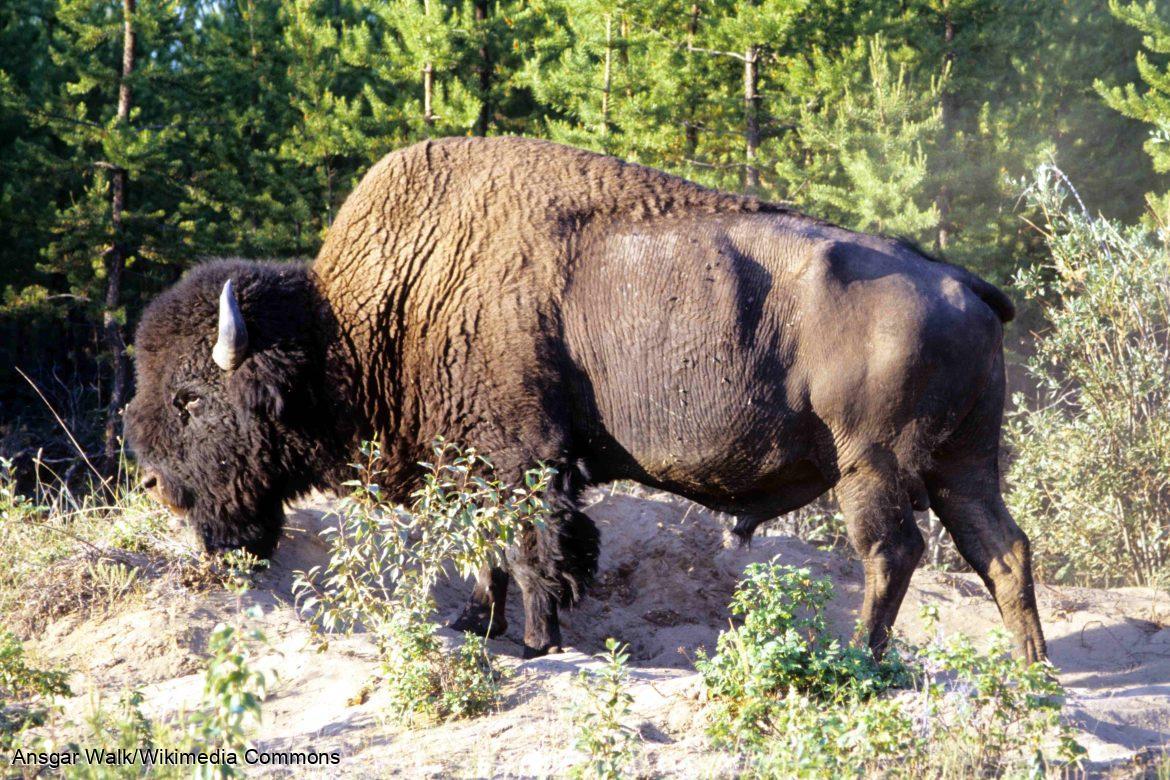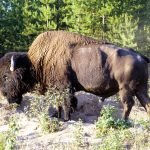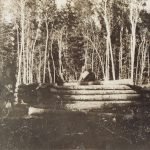1922
Wood Buffalo National Park
Wood Buffalo National Park was established in 1922. It is the largest national park in Canada at 45,000 sq km and one of the largest globally, encompassing the southern NWT west of Fort Smith and a large section of northern Alberta, including Fort Chipewyan. The Canadian government intended to protect the world’s largest free-roaming herd of wood bison, often misidentified as “buffalo,” from extinction by providing a safe zone of original habitat.
The park is also vital for many birds as it contains one of the world’s largest river deltas. It is now a UNESCO World Heritage Site and the world’s largest dark sky preserve.
Indigenous people initially opposed the park’s creation, feeling that consultation was spotty and random, eroding their rights and sovereignty over a significant portion of their land. Oral history suggests that the Elders were not adequately consulted, nor were the area’s hunters and trappers. Additionally, game preserves established around the park did little to protect the traditional practices that provided food. Chief Laviolette noted, “They pay men to hold a piece of our old country so that the buffalo can feed without anyone bothering him, but the Indians must starve.”
Many Indigenous people believed that the Park agreement had been changed to state that the Dene surrendered their land to help the bison thrive. The area’s Dene, Cree and Métis people actively advocate for their rights and still struggle with the control and regulations around the traditional use of the land. The large expanse of salt lands left by the slow evaporation of an inland sea continues to be a source of conflict between Indigenous land users and Parks Canada, as does access to animals for harvesting.



